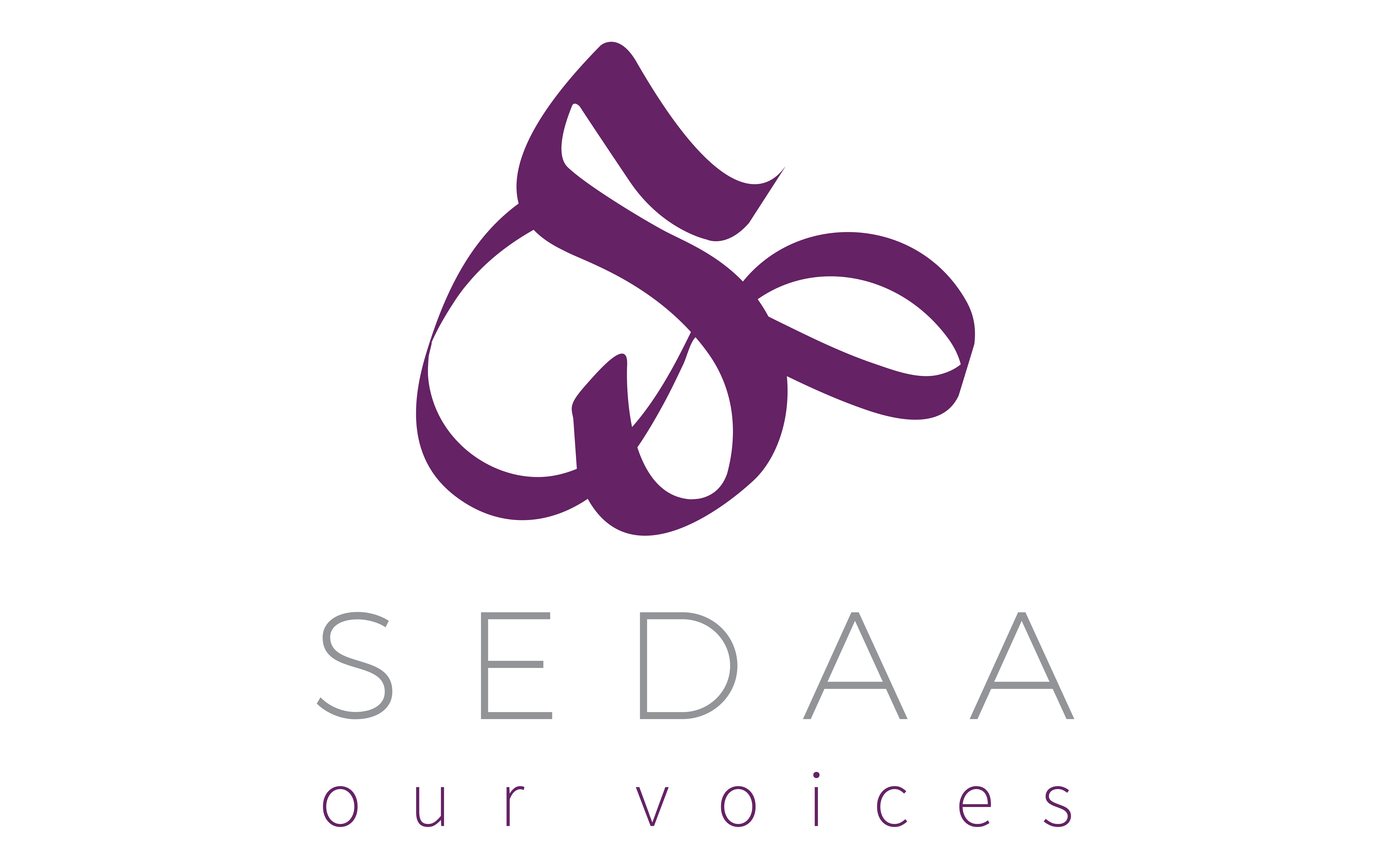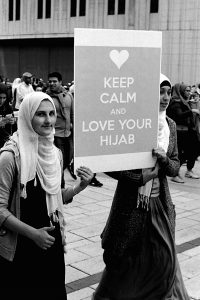By Saima Baig
Let’s clear one thing out from the beginning. This blog is not about banning women from wearing the veil. Freedom of religion necessitates that people are able to practice their religion the way they are required to. People are free to make religious decisions, even if those decisions are stupid, so long as they are personal and not harmful to others.
This blog is also not about the false equivalence between veiled women and the so-called “scantily-clad” women. There is no equivalence. Yes, women should dress whichever way they want but while — for the most part — choosing to wear fewer clothes is actually a personal decision, choosing to wear the veil is another matter.
When veiled Muslim women are criticised for espousing ridiculous views about patriarchy, i.e. that there is none and that they are free and it is their choice to wear the veil, we are told that we are undermining their agency with our criticism; that they are independent, free women who have the right to wear the veil.
That is what brings me to agency, which is the capacity or ability to make a decision and enacting that decision on society. I understand that as being able to exert power on your little corner of the world.
Muslim women do not wear a veil because it is an expression of freedom or a fashion choice. They wear it because they are required to do so as per their religion. If they do not, it is a sin and anything bad that may happen to them is their fault, because they are fair game.
From the outset, we can see that much of the agency has been depleted. If they want to be good Muslim women and go to heaven (although this is also disputable as, apparently, the majority of those in hell will be women, according to Sahih Bukhari 7:62:124 and Sahih Muslim 36:6596), they should cover themselves up appropriately. In this instance religion undermines the agency.

Now why do I think the veil is the cornerstone of patriarchy? Because it is. Women of respectable families were required to cover themselves long before the advent of Islam, which continued this custom. Believing women are required to cover themselves, so as to not bring dishonour on their fathers, brothers and husbands.
Only permitted men are allowed to look at their hair and various other body parts. Therefore, the honour of fathers, brothers and husbands dictates how a woman may dress when she is with other men.
When only certain men are allowed to look at “their women”, said women are property and must be protected as such — by being wrapped up. This is why, in certain memes, uncovered women are compared to unwrapped sweets surrounded by a swarm of flies or ants (i.e. men).
If you dig deep into the bedrock of this, it is clear that this agency is very limited. That is how patriarchy and religion have modernised themselves: by inventing the myth of the agency of women, especially veiled women. It has convinced them that they are making a choice and have the freedom to exert that choice.
To me, their freedom is just like that of mice in a maze — they are free to go anywhere, so long as they remain inside the maze. That is the whole extent of agency veiled woman have.
Pic Credit: Gerry Lauzon / Flickr

Saima is a is an environmental management, environmental economics and climate change consultant based in the UK. When she is not working on adaptation and mitigation strategies, she writes about religion, feminism, politics and secularism. She is a staunch advocate of science education, in particular astrophysics. Follow her on Twitter.

